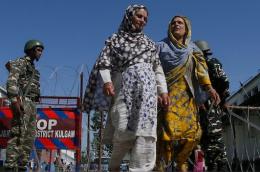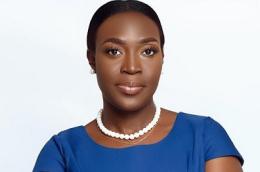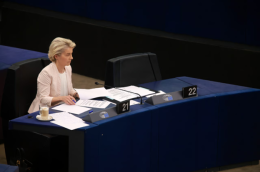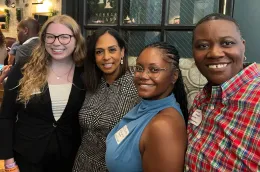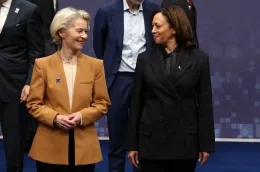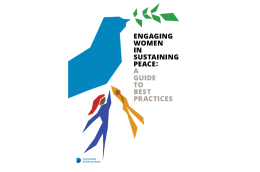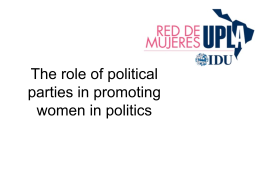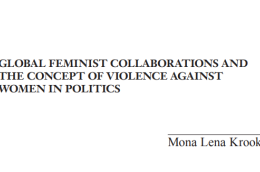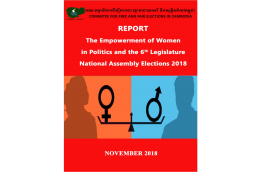Who run the world? Boys (in the EU’s case).
Ursula von der Leyen, the European Commission’s first-ever female president, is being forced to watch on as governments flatly ignore her request that they each nominate a man and a woman so she can build a gender-balanced 26-person team.
As things stand, countries have put forward 16 men for posts in von der Leyen’s next College of Commissioners, the executive team that projects the image of the European Union to the world and runs key sectors including competition, trade and digital policy.
That’s compared to just five women (including von der Leyen herself) — or six if you include Spain’s expected pick Teresa Ribera, who is yet to be officially nominated.
Two moves Thursday tipped the scales further, as Romania confirmed it would nominate Victor Negrescu, then Luxembourg put forward Christophe Hansen for the plum role. If Denmark and Italy follow suit by naming men, as they are widely expected to do, it would become likely that two-thirds of the EU’s 27 commissioners will be male.
Leaders of EU countries have dismissed von der Leyen’s request for a choice, instead defiantly presenting her with a fait accompli and leaving the Commission chief almost powerless.
The likes of Irish Prime Minister Simon Harris have reminded von der Leyen that they are only obliged under the EU’s treaties to propose a single name to Brussels.
Read here the full article published by Politico on 23 August 2024.
Image by Politico
